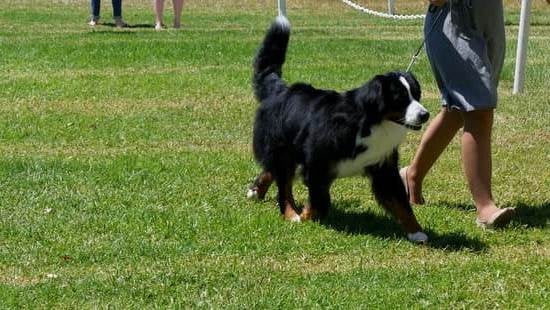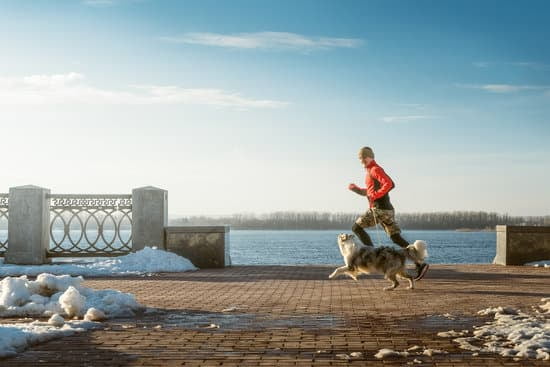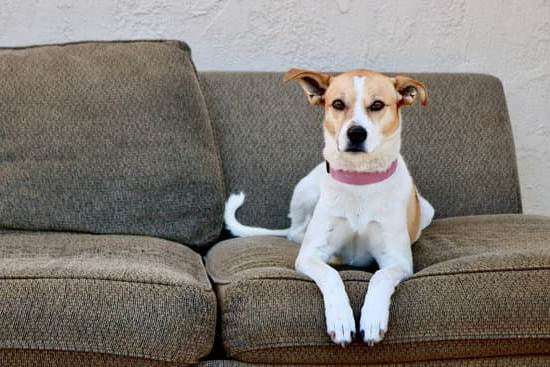Many people think that it is harder to train an older dog how to walk on a leash than it is to train a puppy. This is not always the case. With patience and consistency, most dogs of any age can be taught how to walk properly on a leash.
The first step is to make sure that your dog understands the basic cues for walking. You will need to teach your dog to “sit,” “stay,” and “come.” Once your dog has mastered these commands, you can begin to work on leash walking.
The best way to train your dog to walk on a leash is to start out slowly. Begin by attaching the leash to your dog’s collar and taking a few steps forward. If your dog pulls on the leash, stop and wait for him to calm down before continuing. Once your dog is walking calmly by your side, reward him with a treat or a few words of praise.
If your dog starts to pull on the leash again, stop and wait for him to calm down. When he is calm, start walking forward again. If your dog continues to pull, repeat the process until he learns that he will only be rewarded for walking calmly by your side.
It may take some time, but with patience and persistence, you can train your older dog to walk on a leash. Just be sure to start out slowly and be patient with your dog.
Training Older Dog
It is never too late to train an older dog. In fact, many people believe that training an older dog is actually easier than training a young dog, because the older dog is more likely to be responsive to commands and to have learned some basic obedience skills.
There are a few things to keep in mind when training an older dog. First, be patient and take things slowly. Older dogs may not be as quick to learn new commands as young dogs, so don’t expect too much too soon. Second, be sure to keep sessions short and positive. Older dogs can get tired easily, so don’t wear them out with too much training. Third, make sure to give your dog plenty of praise and rewards for good behavior. Older dogs love to feel appreciated, and they will be more likely to respond well to training if they know that they are doing something that pleases you.
With a little patience and some basic training commands, you can have an obedient older dog in no time.
How To Train An Older Dog To Use Potty Pads
Dogs are creatures of habit and, once they learn something, they tend to stick with it. This is especially true when it comes to potty training. If you have an older dog that has never been potty trained, don’t worry – it’s never too late!
The key to potty training an older dog is to be consistent and patient. You’ll need to set up a designated potty area for your dog and make sure he always has access to a potty pad or designated spot outside. Be sure to praise your dog when he goes in the right spot and provide a treat as a reward.
If your dog has an accident, don’t scold him. Simply clean up the mess and put him in his designated potty area. If your dog continues to have accidents, you may need to take him outside more often or increase the amount of time he spends in his potty area.
With a little patience and persistence, you can successfully potty train your older dog!
How To Train An Older Dog To Use Pee Pads
One of the biggest challenges of owning an older dog is housetraining them. If your dog is used to going outside to pee, it can be difficult to get them to use pee pads instead. Here are a few tips to help train your older dog to use pee pads:
1. Start by putting the pee pad in an easily accessible location.
2. Show your dog where the pee pad is and encourage them to pee on it.
3. Reward your dog each time they pee on the pee pad.
4. If your dog has an accident outside, do not punish them. Simply clean up the mess and continue to encourage them to pee on the pee pad.
5. Be patient and consistent with your training and your dog will eventually learn to use the pee pad.
How To Train An Older Dog To Stop Barking
If you have an older dog that you are having trouble training to stop barking, there are a few things you can do to help him out. First, make sure that you are providing enough exercise for your dog. A lot of barking can be caused by boredom, so if your dog is getting enough exercise, he will be less likely to bark. You can also try training your dog to stop barking using positive reinforcement. If you catch your dog barking and stop him immediately, give him a treat or a pat on the head to let him know that he did something good. If you are consistent with this type of training, your dog will eventually learn to stop barking on his own.

Welcome to the blog! I am a professional dog trainer and have been working with dogs for many years. In this blog, I will be discussing various topics related to dog training, including tips, tricks, and advice. I hope you find this information helpful and informative. Thanks for reading!





